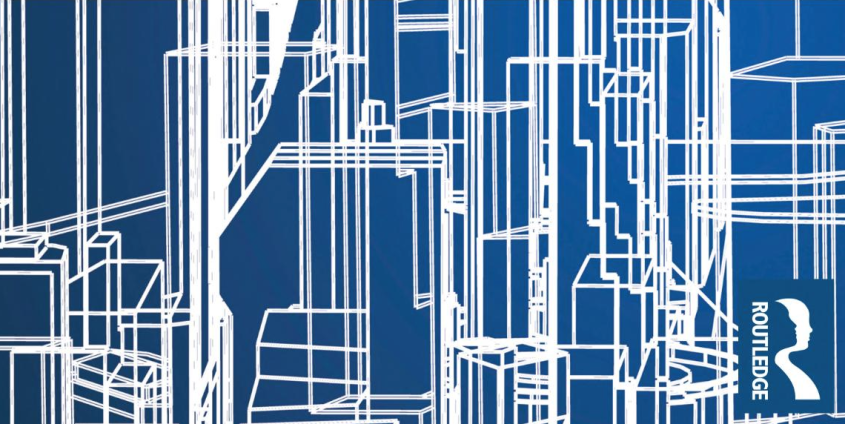New publication on streets as boundary objects in the transnational modernization of urban planning in Iran
Sepehr, Pouya & Aarden, Erik (2023). Between straight lines and winding alleys: Streets as boundary objects in the transnational modernization of urban planning in Iran. In: De Munck, Bert & Lachmund, Jens, Politics of urban knowledge. Historical perspectives on the shaping and governing of cities. London: Routledge, 179-200.
The introduction of systematic planning was a key ingredient of U.S. policies to bring ‘development’ to large parts of the world in the middle of the twentieth century. Such policies included the development of master plans for various Iranian cities in the 1950s and 1960s. This work involved efforts to know cities in Iran on the one hand, and communicating that knowledge and how to use it in planning on the other. In this chapter, we trace efforts to know Iranian cities and train Iranian planners by posing the question how urban planning as a knowledge practice was established in Iran. We therefore reconstruct the knowledge practices of ‘Western’ planning consultants in Master Plans for two Iranian cities, Esfehan and Sanandaj; how these knowledge practices were received and modified by domestic planning professionals; and how such transnational exchanges contributed to the establishment of planning approaches and institutions in Iran. Based on the analysis of city plans and interviews with Iranian planners, we use the drawing of streets on urban maps as a lens to see how collaboration was possible despite radically different interpretations of the ciy. Treating street maps as ‘boundary objects’ that facilitated communication between different planning communities, we explore urban planning as a political assemblage.












